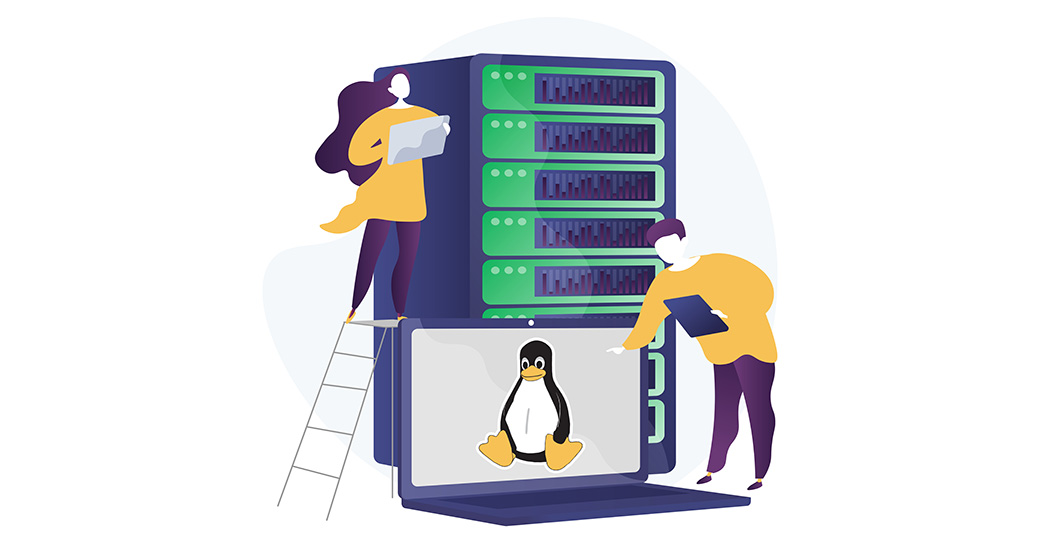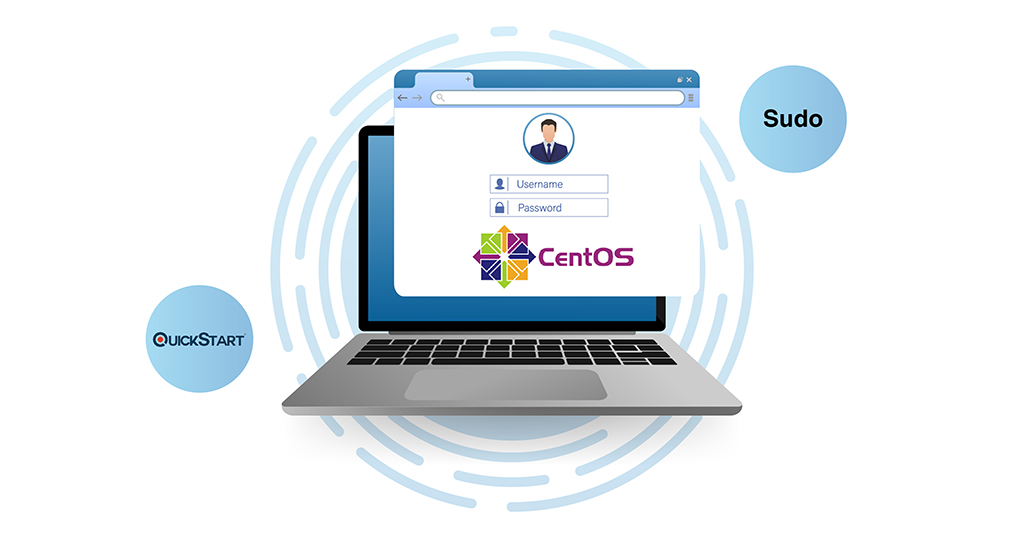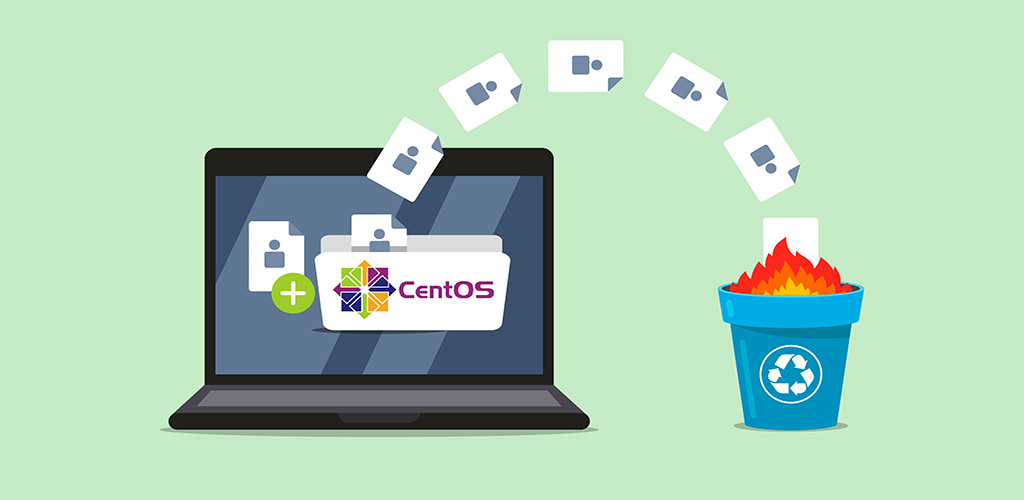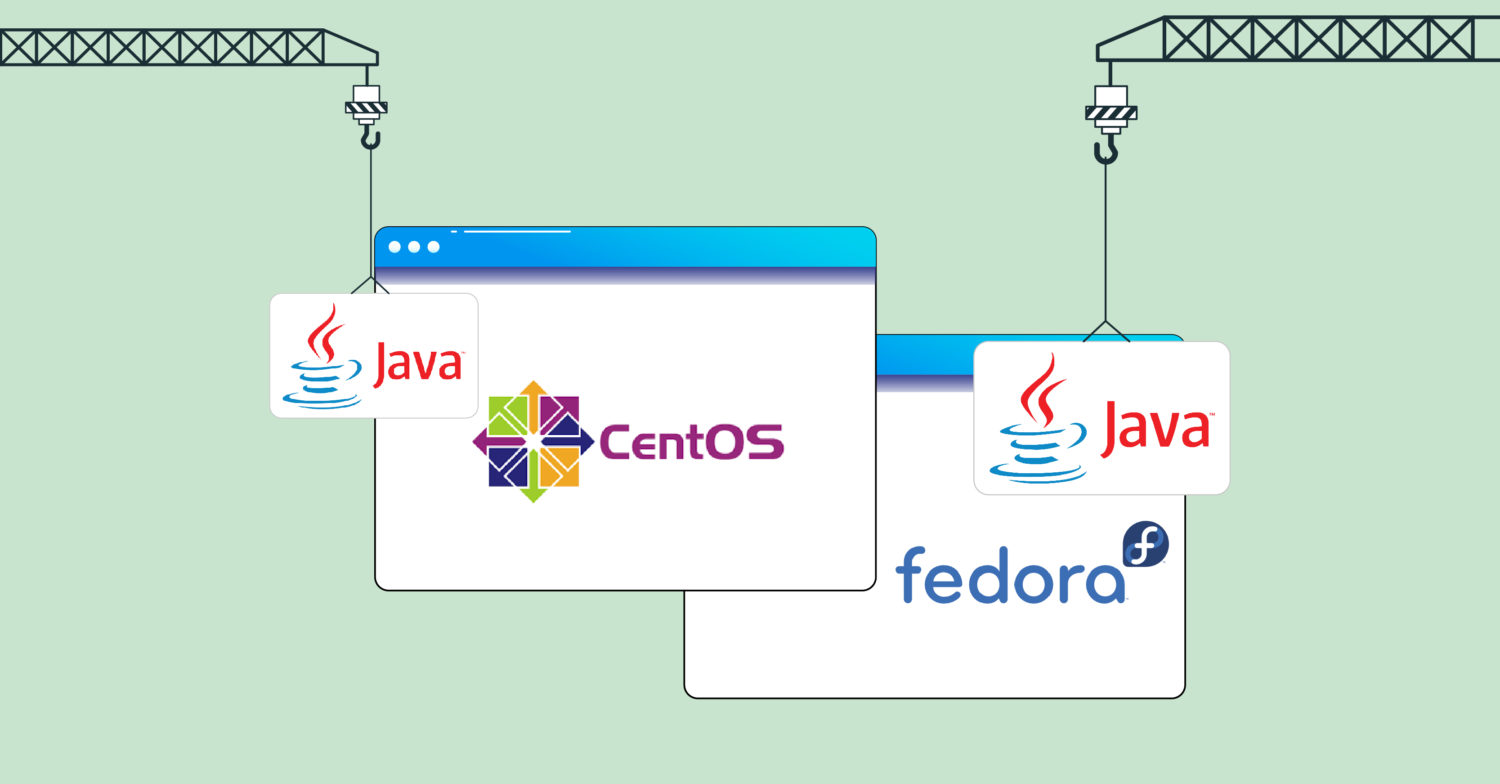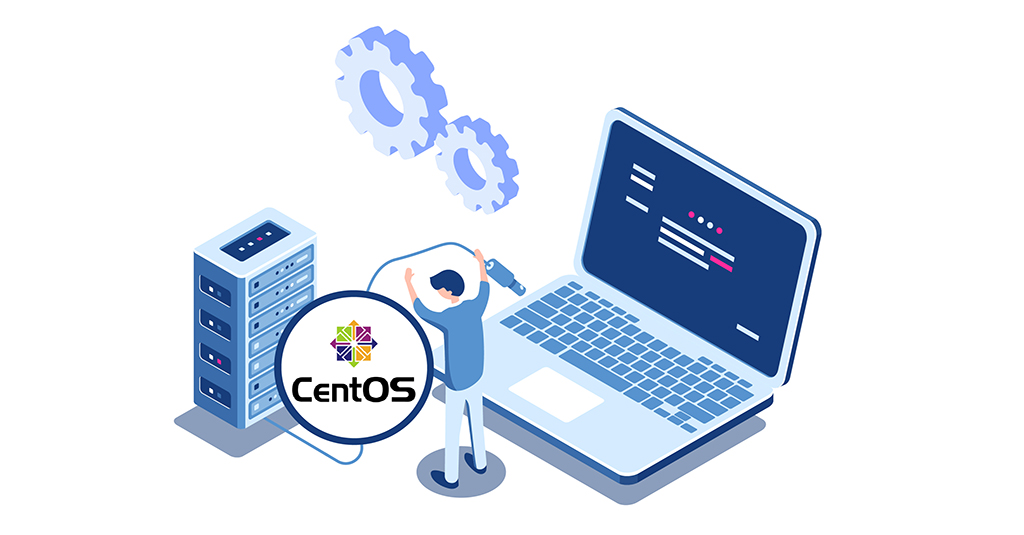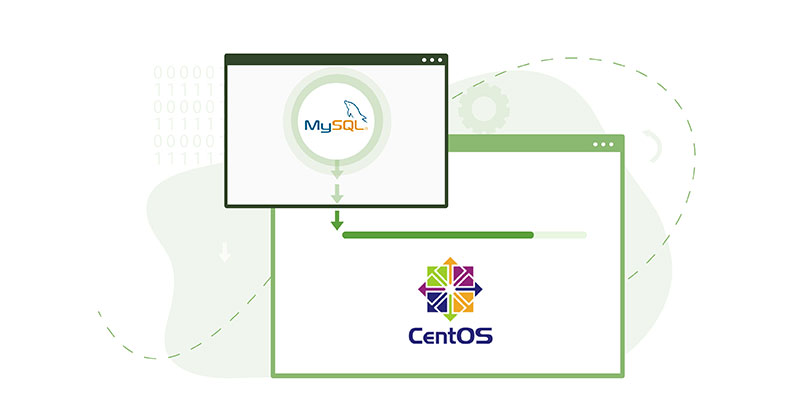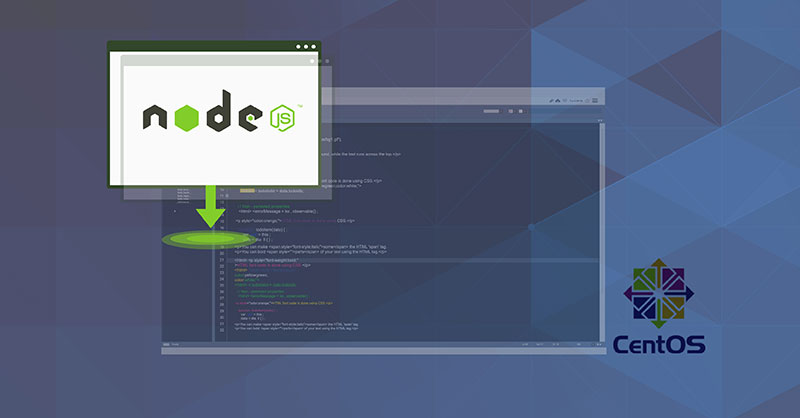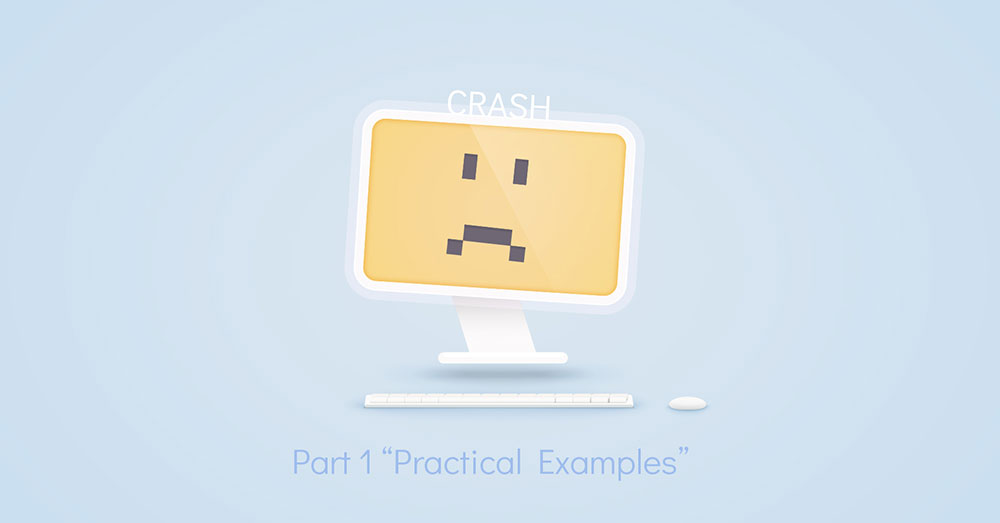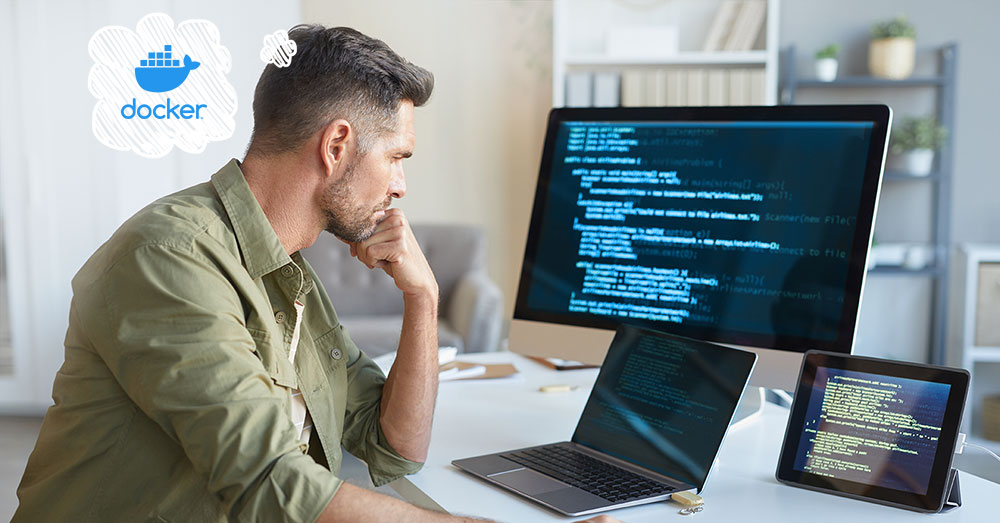Introduction There are many situations where you may need a new disk on your Linux system. For the most part, creating a new disk is a straightforward process. However, things can become complicated if you are trying to tinker with partitioning schemes and filesystem formats. To help simplify the process, this tutorial will give you a step by step outline …
Creating a Sudo-Enabled User on CentOS 8
Introduction If you are working with CentOS 8, you should know what are the critical commands to use with it. One of these is the sudo command. This command is very useful for creating new users. With the sudo command, you can grant certain users special administrative privileges. Typically, these privileges are only accessible to the root user. If you …
Adding and Deleting Users on CentOS 8: How To Guide
Linux is a multi-user operating system. Having proper knowledge of user management is crucial to proper system administration. If you are configuring a fresh Linux server, adding and deleting various users is usually one of the first things you have to do. This guide outlines the steps of adding and deleting users on CentOS 8. Prerequisites Creating and deleting users …
Installing Java on CentOS and Fedora
In the world of programming, Java has been one of the top programming languages. Java is a high-level programming language that follows the concept of object-oriented programming systems. It’s also a platform-independent language that generates cross-platform applications. Java is everywhere – banking and transactions, web frameworks, games (Minecraft), and even mobile operating systems (Android). In this guide, we will walk …
Performing Server Setup Using CentOS 8
Introduction In this guide, we are going to explore how exactly you can go about setting up your server when using CentOS 8. There is a configuration process that you have to follow. We will divide the configuration up into five individual steps. You will be able to perform server setup easily following these simple steps. Doing so will strengthen …
How to Install MySQL on CentOS 7
MySQL is one of the most popular database management systems for websites and server applications. For webmasters, it is an essential tool to learn. MySQL is a relational database that uses SQL (Structured Query Language) for managing its data. MySQL is commonly installed as a part of the LEMP stack that contains Linux, Nginx, MySQL/MariaDB, and PHP/Perl/Python. You should have …
Installing Node.js on CentOS 8: a Complete Guide
Introduction Node.js is a free-to-use, open-source server environment. It is commonly used for browser-based web development purposes. It allows developers to use JavaScript to do backend programming. Since most developers are intimately familiar with JavaScript, it makes things very easy. The program lets you add, modify, and delete files on the server, produce dynamic content, and collect data. In this …
How to Configure a Linux Service to Auto-Start After a Reboot or System Crash: Part 1 (Practical Examples)
Introduction In computing, things don’t always go as planned. Oftentimes unexpected system crashes prompt system admins to initiate reboots and restart of individual services. Figuring out and restarting every service your application needs to run after a system crash or reboot can be tedious. In this first installment of the two-part tutorial, we will show you how to configure services …
Installing and Setting up Docker on CentOS 7
Introduction Docker is a platform that makes running and managing application processes in containers easier. It provides a way to separate your applications from your infrastructure. Containers are very similar to virtual machines, but they are more portable, efficient, and easy to use. There are various ways to install Docker on Linux distributions. The most popular and easy way to …
Configuring the Linux Sudoers File
Introduction Do you ever wonder why you must type “sudo” while trying to execute certain commands in a Linux or Unix Operating System environment? Sudo is actually an abbreviation, standing for “super-user do”. When you use the sudo command, you can run programs and execute commands with the security privileges of another user. By default, the sudo command allows system …
Setting Up a Firewall with FirewallD on CentOS 7
Introduction Firewalld is a firewall management solution that is available to many Linux distributions. It serves as an interface to the iptables packet filter system provided by the Linux kernel. In this guide, you will learn how to configure a firewall for your server. We will also show you the basics of managing the firewall with the firewall-cmd administration tool. …


